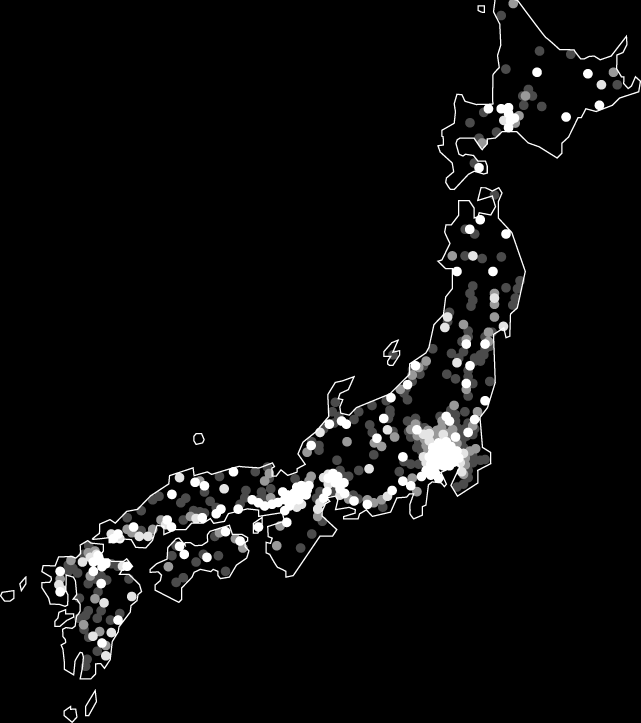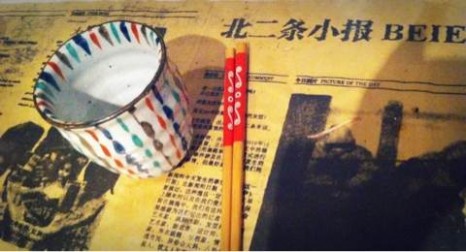 摄影 photo courtesy of // 米店 Detour
摄影 photo courtesy of // 米店 Detour
i remember a very specifically grilling moment one night at 米店 Detour, when we brought new friends from the U.S. over for dinner, and although there existed a humour in the fact that they were sitting in the low sofa next to the window that makes guests look like shrimps across the table from us, sitting on the higher wooden bench, C asked very directly, “So what is HomeShop in a word? What’s your goal, your thing, your manifesto?” It seemed shocking at the time that one could still talk in the arousing tense of the manifesto, but it is difficult to squirm so easily from the high bench out of such forthrightness, so I tried a word:
“Sustainability.”
i think my answer and explanation sufficed at the time—a thinking in terms of different reaches of time: from the passing details of an everyday to the affective time of love, collaboration and friendship, to an environmental question that reaches somewhere beyond our own lifetimes. It was a spontaneous answer compiled from previous considerations not vocalised before, but since that evening the motions of passing detail, collaboration and trying to keep up with the compost build-up have pushed manifesto-like considerations to the wayside. This has been just as 自然而然 a passing of the year though, as I learned from 2007 at Xiaojingchang, so all of the openings, miscommunications and bump-stops that we’ve experienced so far at Beixinqiao cannot be considered regretful, but it is certainly now a moment to reconsider a certain form of temporality after settling into certain other kinds of situatedness, the stickiness of labels, unwanted routines, or the hearing of gossip come round.
Why sustainability and time in a discourse that has previously been dominated by considerations of place, city and the local context? They are not unrelated, of course, but I wonder how these two could have been so independently stressed among certain historical trends of socio-cultural study, from Heidegger to Sloterdijk. Today, three films put me in a sort of stylo-anachronistic quandary, but at the same time, as works or projects, they remind us of a certain specificity of place that cannot be isolated from any form of artistic production. The first two come from CCD Workstation’s Folk Memory Project, and the third was Michael MADSEN’s Into Eternity. In both place and time and somewhere in between, I cannot help but try to place the work of our own little HomeShop.
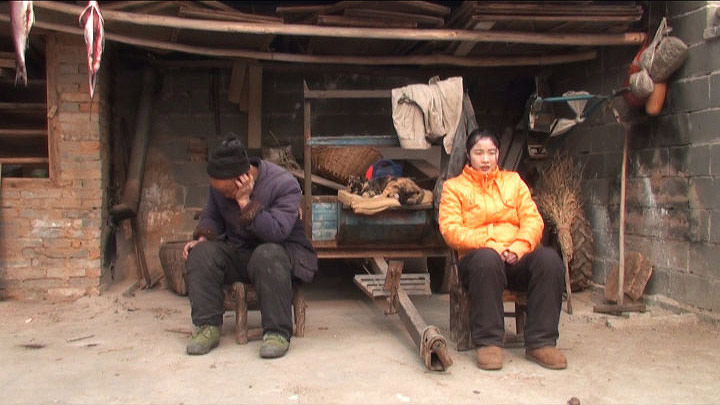 剪图 still image from // 章梦奇 ZHANG Mengqi’s 《自画像:47公里 Self Portrait: At 47 km》
剪图 still image from // 章梦奇 ZHANG Mengqi’s 《自画像:47公里 Self Portrait: At 47 km》
The two films I saw from the Folk Memory Project were 邹雪平 ZOU Xueping’s 《吃饱的村子 Satiated Village》 and 章梦奇 ZHANG Mengqi’s 《自画像:47公里 Self Portrait: At 47 km》. Visually consistent with 吴文光 WU Wenguang’s insistence upon “100% Life, 0% Art”, the two documentaries were unprofessional, sophomore attempts to make film based upon the project call to return to one’s hometown village to document the personal experiences of senior citizens who had lived through the Great Chinese Famine between 1958-61. An explicitly historical documentation is complicated by the personal subjectivities of the filmmakers, mostly born in the 80s with no real connection to the depth of suffering undergone by their elders, who—despite being family or not—were very often unwilling to lay bare the humiliation experienced by the Chinese people. As the camera shakes or the sound is drowned out by wind in the microphone, we are moved to look past the films themselves to their significance as a project, and here we can either see 老吴 Old WU’s genius or his excellent distribution of labour (we could go further into this question in another conversation). Is this a form of looking into history to redress wrongs from the past, or is it a way to recontextualise the things gone astray in our present condition? Both are equally valid, and similar to the activist work of 艾未未 AI Weiwei, it is possible to analyse the mechanics of a microsystem that make such a consideration of time possible. Documentation is important insofar as there is a longer conception of time, whether it be in 章梦奇 ZHANG Mengqi’s decision to edit more footage of a particular woman into her final piece because of a certain personal connection to her spirit (这个讲“气场”或者“fa’r”或者“气质”?), or if we consider the importance of a generation of memories to be lost in the propaganda of a school history book.
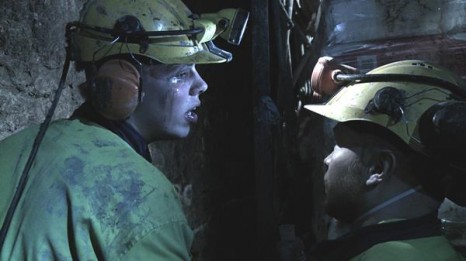 剪图 still image from // 《Into Eternity》
剪图 still image from // 《Into Eternity》
After biking from 798 and coming back to the comfort of HomeShop, I passed through the ghetto set-up of black trash bags covering the windows into the completely calculated time-space of MADSEN’s documentary about the world’s first permanent nuclear waste repository located in Onkalo, Finland. The irony of design calculation to be considered in the extremely controlled camera shots, editing and beautiful composition (could only keep thinking, “how many times did they have to rehearse that shot so that his speech was perfectly timed with the lit fire of the match?”) are set in stark contrast to the gross horror of nuclear disaster and MADSEN’s questioning of the human capacity to consider life “never” or “forever” amidst the limitations of technology. Can we design for “permanent” to preserve all future lifeforms, by a machine set into water or one deep underground, and what markers above ground could be able to communicate this? Can we trust communication or should we rather trust ourselves to the oblivion of forgetting?
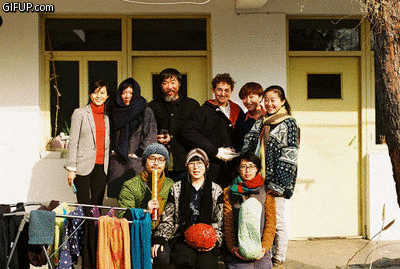 摄影 photo courtesy of // 刘畅 LIU Chang & 高灵 GAO Ling
摄影 photo courtesy of // 刘畅 LIU Chang & 高灵 GAO Ling
Where do we place ourselves amidst history and guesses and predictions into the future? Can time only be a point of view, and do our differences about these considerations make us unable to live together in the present? To talk about sustainability in this sense is an attempt to address different scales of time, but yes, we are limited, and there will always be something neglected despite all carefulness. HomeShop is not about “forever”, you’re right. But time is relative, and all we have to go on at this point is the concreteness of a three-year contract and the temporality implicit in any of the localities we may find ourselves at any given moment. This may be the hutong, the value and “success” of our work, or the waking up in a bad mood. How much do we let go when faced with the extremes of 大自然 and 设计生活, and is trust merely a question of time?

 时间 posted on: 11 March 2015 |
时间 posted on: 11 March 2015 |  发布者 author:
发布者 author: 
 分类 filed under:
分类 filed under: 



